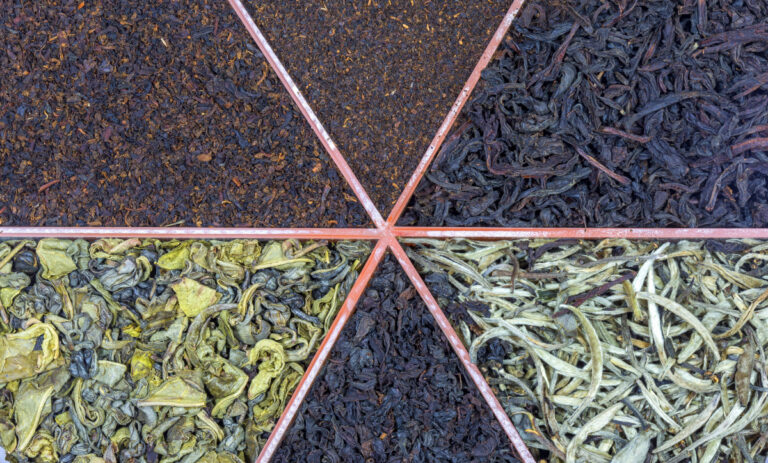In the context of tea, oxidation refers to the chemical process where enzymes in the tea leaves react with oxygen after the leaves have been harvested. This enzymatic reaction alters the chemical composition of the leaves, affecting their color, flavor, and aroma. Oxidation is a crucial step in tea processing that determines the type and characteristics of the final product.
- White Tea: Minimal initial oxidation. The leaves undergo minimal processing and are allowed to wither and dry naturally, resulting in a delicate flavor profile. As white tea ages, it may oxidize further.
- Green Tea: Minimal oxidation. The leaves are quickly heated after picking to deactivate enzymes, preserving their green color and fresh, grassy flavor.
- Oolong Tea: Partially oxidized (usually between 10% to 80%). This category offers a wide range of flavors, from light and floral to rich and robust, depending on the level of oxidation.
- Black Tea: Nearly fully oxidized. The leaves are allowed to oxidize completely, producing a dark color and a strong, bold flavor profile.
- Pu’er Tea: Undergoes microbial fermentation in addition to oxidation, leading to unique earthy flavors that can develop over time.

